Willington, St Lawrence
The Church
St Lawrence's in Willington is an important early Tudor church built or rebuilt in the late 1530s by Sir John Gostwick, a protégé of both Cardinal Wolsey and Thomas Cromwell.
The church was listed Grade II in 1964, but this does not adequately reflect its historical, architectural and artistic significance, and it is recommended that the grading should be reviewed.
The church stands in a large graveyard on the edge of the village, near the site of Sir John’s former mansion (now demolished) and close to a large dovecote and stables built in 1541, now in the care of the National Trust and listed Grade I.
The church contains Sir John Gostwick’s tomb and two major seventeenth century tombs of his descendants, with sculpture by Maximilian Colt (master carver to King James I) and Edward Marshall.
It was restored and largely refitted in the 1870s by the architect Henry Clutton, who introduced elaborate tiling in the chancel, the design of which is influenced by the Aesthetic Movement.
Our Work
Brown Long-eared and Soprano Pipistrelle bat roosts were found throughout the church, which were resulting in a large amount of mess and required extensive cleaning before the church could be used.
The project funded a bat management plan to separate the bats from the church community. During the autumn 2020, an ingenious heated bat box was installed disguised as a hatchment. It covered the previous bat access to the interior of the church and provided a new roost for the bats. This was possible thanks to the collaborative efforts of ecologist Chris Damant of Bernwood, the church architect, St Alban’s Diocesan Advisory Committee Secretary, Bedfordshire Bat group and the St Lawrence church community. The church is now being used once again as intended.
Willington case study
Willington factsheet
Upcoming events
If you’d like to contact or find out more about the church, visit their page on A Church Near You
